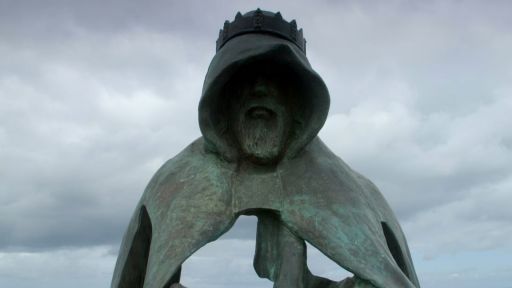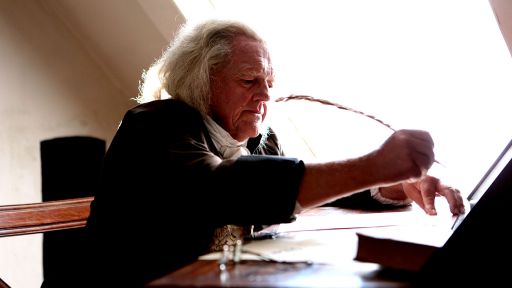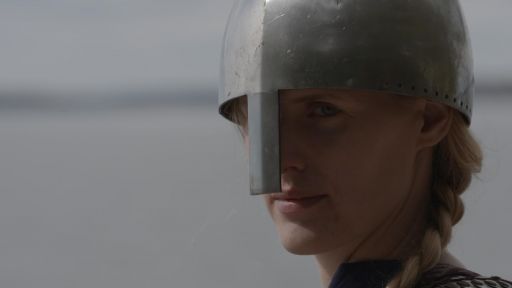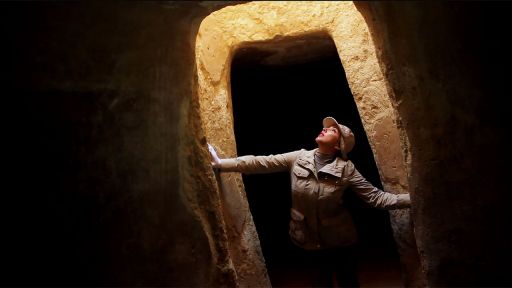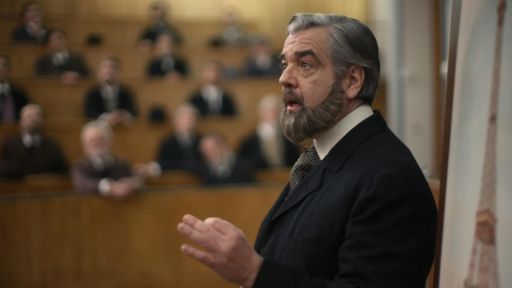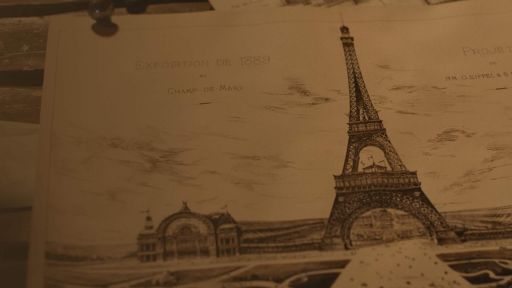The designs for the competing tower projects represented to different visions for the future: On one side, tradition, as embodied by Jules Bourdais’s stone tower in the academic style as taught at the Beaux-Arts. And on the other side, innovation, exemplified by Gustave Eiffel’s tower that used iron as not just a structural element, but as the central aesthetic.
Features
The two-tower war between Bourdais and Eiffel was taking shape.
And soon, the competition captivated the citizens of Paris.
The designs themselves represented two very different visions for the future: On one side, tradition.
And on the other, innovation.
Bourdais's tower, built of stone and with colonnades, reflected the academic approach as taught at the Beaux-Arts.
While Eiffel's tower was first and foremost an engineering project.
Its construction was dictated by mathematics and the need to produce a wind-resistant structure.
And it would be built from material that had never been used for a prestigious building.
-The controversy about the Eiffel Tower, at the time, was not that it was made of iron.
There was plenty of iron around.
It was that the iron was shown off as a decoration for the city, that the iron was the aesthetic of the building.
-The idea was that metal was good for useful things such as interior structures in churches, but also passageways, in banks, in halls, in railway stations, etc.
But that we didn't need to show it, unless it was really necessary.
-And the Eiffel Tower announces, iron, in a certain sense, has the right to be monumentally present in this city.
You May Also Like
